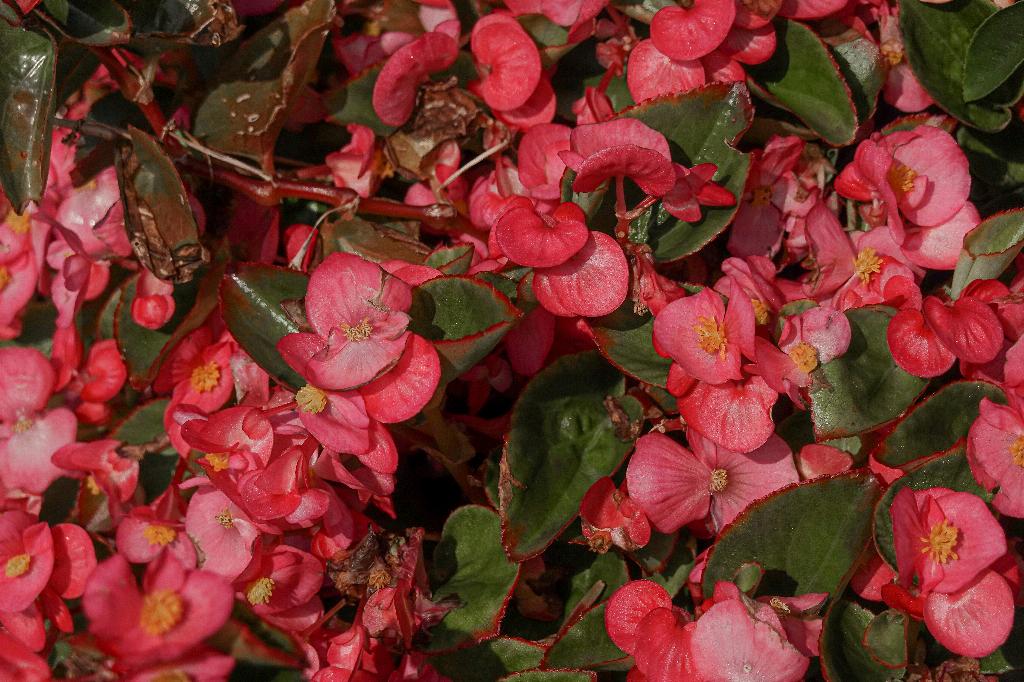Pruning begonias is an essential task to ensure these beautiful plants remain healthy and vibrant. Whether you have tuberous, fibrous, or rex begonias, proper pruning techniques can help stimulate growth, improve air circulation, and maintain an attractive appearance in your garden or indoor space.
When it comes to pruning begonias, timing is crucial. The best time to prune begonias is in the spring or early summer, just as new growth begins to emerge. This timing allows the plants to recover quickly and encourages new growth to flourish throughout the growing season.
Start by inspecting your begonias and identifying any dead, diseased, or damaged stems. These should be pruned first to prevent the spread of illness and make room for healthy growth. Use sharp, clean pruning shears to make precise cuts and avoid tearing the plant’s tissue.
For fibrous begonias, such as the popular wax begonias, focus on removing spent flowers and leggy stems to encourage branching and promote a bushier growth habit. Cut back the stems just above a set of leaves or node to encourage new growth in the desired direction.
Tuberous begonias, known for their showy flowers, benefit from regular deadheading to prolong the blooming period. Pinch off faded blooms and any yellowing or withered leaves to redirect the plant’s energy towards producing new flowers and foliage.
Rex begonias, prized for their colorful and patterned leaves, require a different approach to pruning. Trim back any leggy or overcrowded stems to maintain a compact and full appearance. Additionally, remove any yellow or damaged leaves to improve the plant’s overall aesthetics.
After pruning your begonias, be sure to provide them with proper care to support their recovery and continued growth. Water the plants consistently, ensuring the soil remains evenly moist but not waterlogged. Consider applying a balanced fertilizer to provide essential nutrients for healthy foliage and blooms.
Regularly monitor your pruned begonias for signs of regrowth and adjust your pruning schedule as needed. By staying attentive to your plants’ needs and following proper pruning techniques, you can enjoy flourishing begonias that brighten up your garden or indoor space with their vibrant colors and lush foliage.
Remember, pruning is not just about maintaining the appearance of your begonias; it is also a crucial aspect of plant care that promotes overall health and vigor. Take the time to prune your begonias thoughtfully and enjoy the rewards of a well-tended garden filled with thriving, beautiful plants.

